THE MINUTEMAN Volume 13, May 2024
LARPing, Comms Kit, and Checklists...
Checklists, Do you use them?
I am big on checklists. Through the years I have put them together based on different types of trips and outings. In the rear of my book, CM-9 Adverse Conditions and Environments, I put several different checklists in there. Some are forms, some are typed out, others are merely recommendations. But the one I am sharing below is really my big, overall one that has helped me establish different kits based on needs for different “Minuteman” activities, if you will.
Now, this list does not mean that you need to carry everything on it, no not at all, but it is made for you to be able to pull items from to be sure that you have what you need for what it is that you are gearing up for. But the items on the below list should be looked at as your gear closet that you pull from. So let’s look at it…
“MODERN MINUTEMAN” GEAR LIST
Equipment checklists are important for when packing for an outing or exercise.
-Rifle w/Sling
*AR or AK would be the norm but any 5.56 or 7.62 semi auto would be of benefit to any group!
*7 magazines for a total of 210 rounds
-Sidearm
*3 magazines (personal preference for what you carry)
-Extra Ammo
-Weapons mounted light for rifle
-Firearm cleaning kit
-Fixed blade fighting knife
-Folding knife/Multitool
-Tomahawk/Hatchet
*I wouldn’t dismiss the utility of this item, whether as a weapon or tool for creating a shelter or even a creative trap/diversion for the enemy...
-Shovel/Entrenching Tool
*Once again, the utility for creating a fighting position, digging a dakota fire trench, and digging a cat hole...
-Folding Saw/Pruning Shears
*Helpful for hides, OP/LP’s, and just additional natural camo
-Armor
*If you plan on getting into a gunfight then I think armor is a must have, I would include a helmet… Head protection can be anything from ballistic protection to a bump helmet, protecting your thinking tool may be one of the most important things you do!
-Battle Belt
*1st line layer that is ideal for your pistol, reloads for both pistol and rifle, knife, IFAK, flashlight, etc… Keep it simple.
-Chest Rig/Plate Carrier/LBE/Load Bearing Vest…
*2nd line layer that can include a chest rig, plate carrier, LBE or LBV. The chest rig or PC can be worn in addition to a battle belt or separately depending on your needs.
-Day Pack/Sling Bag/Hydration Pack
*Perfect for minimum sustainment needs, extra med gear, snivel gear, water, etc…
-Patrol Pack (30-60+ Liters)
*3rd line layer (This would be for extended outings… Worn in place of the hydration carrier or day pack. Room enough for group gear, personal gear, spare ammo, bedroll, stove, rations, water, etc...)
*(This pack would vary in size for your use… Most packs in this category will have hydration sleeves built in, compression straps for cinching it down if it isn’t filled to capacity, removable internal frames, MOLLE straps, plus extra compartments for organization… Military surplus (like our beloved ALICE) is great, plus some private companies specialize in operator style packs such as Eberlestock, Karfu, Hill People, Tactical Tailor, Mystery Ranch, Arcteryx, etc...plus there are many “tactical” styles on the market (Condor, Rothco,, etc..) that will definitely suit these needs!
-Communications Equipment
*Multi-band, 2-way radios would be the norm, Baofeng (All around #1), Yaesu, Midland, Icom, Motorola, etc...
-10 Essentials
*First aid, knife/paracord, map/compass, fire starting equip, water, food, shelter, warm clothes, rain gear, flashlight/headlamp…*(A Minuteman should never be without these 10 items)*
-First Aid (IFAK)
*Tourniquet, clotting sponges, Israeli Bandages, triangular bandage, SAM splint, eye bandages, burn pads, nitrile gloves, tape, saline syringes, antibiotic ointment, blister care/moleskin, aspirin, booboo band aids, suture kit, antihistamine, trauma shears, sharpie, wet wipes, alcohol prep wipes, etc...
-Stove and Fuel
*(Small canister fuel option like the JetBoil series or MSR pocket rocket are quick, quiet, and efficient! Multi fuel options are great for heavy use, 3rd world locations, and extreme cold climates. They will burn everything from white gas to both unleaded and diesel fuel, kerosene and even jet fuel! Options like the MSR XGK are workhorses, just heavy and bulky… Or small emergency stoves like the Esbit and solo stoves that use fuel tablets or natural combustibles are a great lightweight, simple option! Remember, we are not cooking gourmet meals, simply boiling water (maybe even melting snow) for a dehydrated meal or quick coffee and tea!
-Water/Water Treatment
*This is obviously your lifesource, 3 liters per day per person is a good rule of thumb...Hydration bladders, collapsible water bottles, Nalgene or Klean Kanteens, take your pick! No excuse not to have water….
*(Filters like the Sawyer mini, lifestraw, or pump style like the Katadyn Hiker or treatment options such as iodine or chlorine tablets
-Shelter
*From a basic survival tarp, Bivy sack, space blanket to a hammock to a traditional tent, this choice will vary on season , AO, and mission… Keep in mind, you’re not out to set up a cozy camp and tell ghost stories… Quick setup, quick takedown, low profile and low visibility should certainly be taken into consideration!
-Sleeping Bag/Pad
*Poncho liner, Snug sack, fleece/wool blanket, LW sleeping bag, etc… Closed cell foam pad, lg enough to go from you hips to your shoulders. Depends on the season, AO, and mission…
-Food
*Energy bars, GORP (trail mix), nuts, jerkey, SPAM, MRE’s, dehydrated meals, etc… Easy to eat on the go items… Avg of 2,000 calories a day is the norm so set yourself up for being able to sustain yourself…
MISCELANEOUS GEAR
-Gear repair kit
-Personal hygeine kit
*TP, Wet wipes, sanitizer, sm pack towel, foot powder, bug repellant, sunscreen, etc…
-Chem sticks
-Flares/Strobes
-Solar Charger
-GPS
-Burner Phone
-Optics
*(I would include Binoculars, Monoculars, NVG’s, Therms, etc in this category…)
-Protective Eyewear (spare glasses too if you wear them)
-Camo Netting
*(For hideaways, sniper veils, encampments, etc…)
-Climbing Rope, Webbing, Carabiners
*(100’ rope & 25’ of webbing for a Swiss Seat and assault line)
-Notebook/Pencil/Sharpie
*(Taking notes while on patrol, sketching enemy camps, details of movements, etc…)
CLOTHING
(This is a full overview of clothing and layers and what the “Modern Minuteman” chooses would be based on the season, AO, and mission requisites)
-Underwear (quick dry)
-Long Underwear (Poly Pro or Merino Wool)
-Pants (This will obviously vary, depending on climate and season)
-Short Sleeve Shirt
-Long Sleeve Shirt
-Insulating layers (such as power stretch fleece tops and bottoms, LW synthetic filled pullovers or jacket, Down jackets/parkas for extreme cold climates/conditions)
-Outerwear (Waterproof/Breathable shell jacket and pants, Soft shell technology is huge today and is almost 100% WP and a lot more breathable than Gore-Tex, plus the fabric is much quieter)
-Socks (Synthetic or wool with optional liners to help with blisters and foot rot)
*I’m a huge supporter of the 3 pairs of sock rule, 1 on your feet, one pair that you just had on, and one pair to change into and you rotate!
-Gloves (Working gloves (tactical shooting gloves) that you can manipulate all your gear with are a huge bonus, plus lightweight liners and warmer gloves/mittens (they make mitts with trigger fingers) for colder conditions)
-Headwear (Wide brimmed Boonie hat, billed cap, Stocking cap or watch cap, and a lightweight balaclava) (helmet is listed above with the gear)
-Footwear (Proper fitting boots are of the utmost importance, choose something with ankle protection but are relatively lightweight! Arch support is a must, remember, your feet are supporting not just your body weight but now an additional 30-50 plus lbs…
So, like I said earlier, use this list as a guide to create packing lists for different uses. It simplifies things and keeps everything organized…
Field Exercises: Why it is good to get your LARP on…
So, often times folks like us get criticized by guys on the web for going out in kit and practicing patrolling skills, setting up OP/LP’s, tracking, navigation, camo effectiveness and much more. But there really is a point to it all. In order to become efficient at something you need to practice it. You need to put your gear on, head out into the field, and work out scenarios to see how you are doing. Take pictures, video, go with a buddy, take notes, and review what you did, see where you made mistakes and see how you can improve.
I do this on every outing (I don’t always show them) but if you have been following me for any time you have seen a sampling of what I am talking about…
My last outing 2 weeks ago revealed a big mistake I made and I didn’t realize it until I reviewed some video I had shot.
In a real world situation this will get you killed. Plain and simple. That split second of glare is enough to alert anyone watching and give them a bead on your location. Endangering you and everyone around you.
I like watches and lately have been aquiring watches worn during the MACV SOG years like Seiko or Rolex. But leave the cool guy watches at home. As you can see, that Seiko Dive watch isn’t so cool anymore worn out in the field, especially when it ends up on someone else’s wrist because you made a mistake.
My Comms Setup
Radio gear (comms in general) can be a deep rabbit hole to go down and this prevents alot of folks from getting involved in it. Over the years I have been able to fine tune what works for me and my use with it.
Let start with, what I consider, is a basic set up for group comms. A Baofeng UV82, stubby antenna, external mic, passive ear pro with an interface cable. This basic setup gives me short distance comms (several hundred yards at low power) and allows me to put the radio feed through my ear pro and an external mic.
This setup has worked for years and has been idiot proof.
If the stubby antenna doesn’t give you enough reach then go to a longer antenna like a Nagoya 701 (8” whip) or 771 (15.6” whip antenna) or any other of the “tactical” folding ribbon style antennas. I recommend having several different antennas and play around (yes, go LARPing) and see what works best for your area and comms needs.
Now recently I have worked on improving this setup with a more robust and user friendly items and have upgraded the Baofeng external mic setup with a U94 ptt with a throat mic and ear bud.
This setup now lives in my chest rig. The Baofeng UV25 radio is a larger and more robust radio setup. The gooseneck antenna is something i’m playing with for longer distance comms and so far it is meeting my expectations. The U94 PTT is much more durable than the Baofeng external mic and the throat mic uses a more durable NATO plus which gives a more solid connection in the field and wet weather conditions.
Now, there are times when setting up an OP/LP or working out of a basecamp (such as Jay’s Bushcamp) where you may want to either send long distance messages, monitor comms from a larger area, or you find yourself in terrain that needs extra antenna height so then a field expedient solution would be using a roll up J-pole antenna for reaching, punching out, or being able to monitor a larger area.
So I keep a 30’ piece of 550 cord, a Carbine, and the J-pole antenna in a small stuff sack. Then line and biner are for throwing up in a tree and hoisting the antenna up to gain height which, in turn, gains distance and signal strength. Deploying such an antenna is easy and quick.
I also keep a navigation notebook that includes maps, a write in the rain notebook, cheat sheets for sending communications, red pen light, markers, and more. Being able to take notes so that you can relay accurate information is vital in radio communications.
Affiliate Highlight: Bear Creek Arsenal
"The AR platform is a staple mark of American freedom and liberties that we believe every American shooter should be able to afford to own."
I have highlighted Bear Creek Arsenal in a previous newsletter and as I expand my knowledge and collection of their rifles I continue to be impressed with what they are putting out. To be able to get a $200 upper (with BCG and CH) from their Deals Den to mating it with a complete $125 multi caliber lower , you can have a fully functioning AR for $325. Put a red dot, scope, or irons on it and you’re good to go.
Recently I grabbed one of their Cold Hammer Forged uppers for $199 and mated it to a complete Anderson lower I grabbed on sale for $99 and it has been a great, lightweight patrol carbine for me out at camp. So for $300 and accessories from my parts bin I have a serviceable rifle.
My experience is a sample size of 5 (chambered in 5.56 and .22) and I have yet to experience any negative issues with them. With that said, I see a lot of negativity towards them for their low pricing, rough edges, issues with short barreled offerings in 7.62 (keep in mind that most manufactures have issues with this caliber in short barreled setups), and then loose fittings (you do break down every firearm you purchase and give it a once over, right). But remember, it wasn’t too long ago that everyone was pissing on Palmetto State Armory for their inexpensive offerings and claiming them no good but now a vast majority of consumers worship them at their feet. So I guess what I am saying is that if you are in the market for a new AR and are on a tight budget, give them an honest look and take a shot at one, you may be pleasantly surprised. I know I have been!
Shop Bear Creek Arsenal and see what they offer! Especially their 5.56 and hunting caliber offerings!
The Professional Citizen Project
Don’t forget about the growing series of field manuals designed for civilians from The Professional Citizen Project!
The books are available at The Professional Citizen Project and on Amazon.





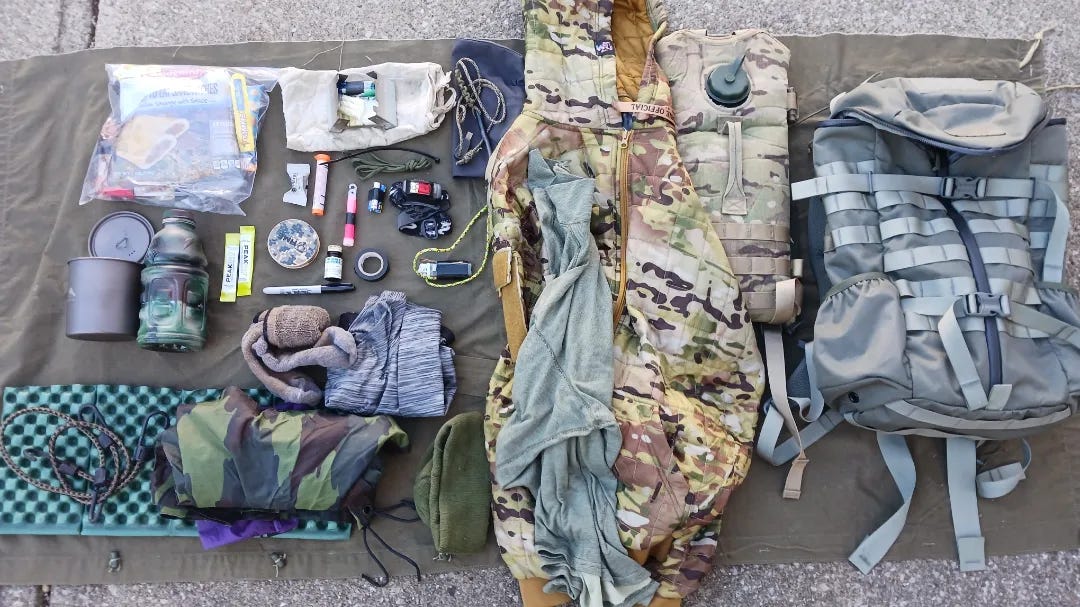
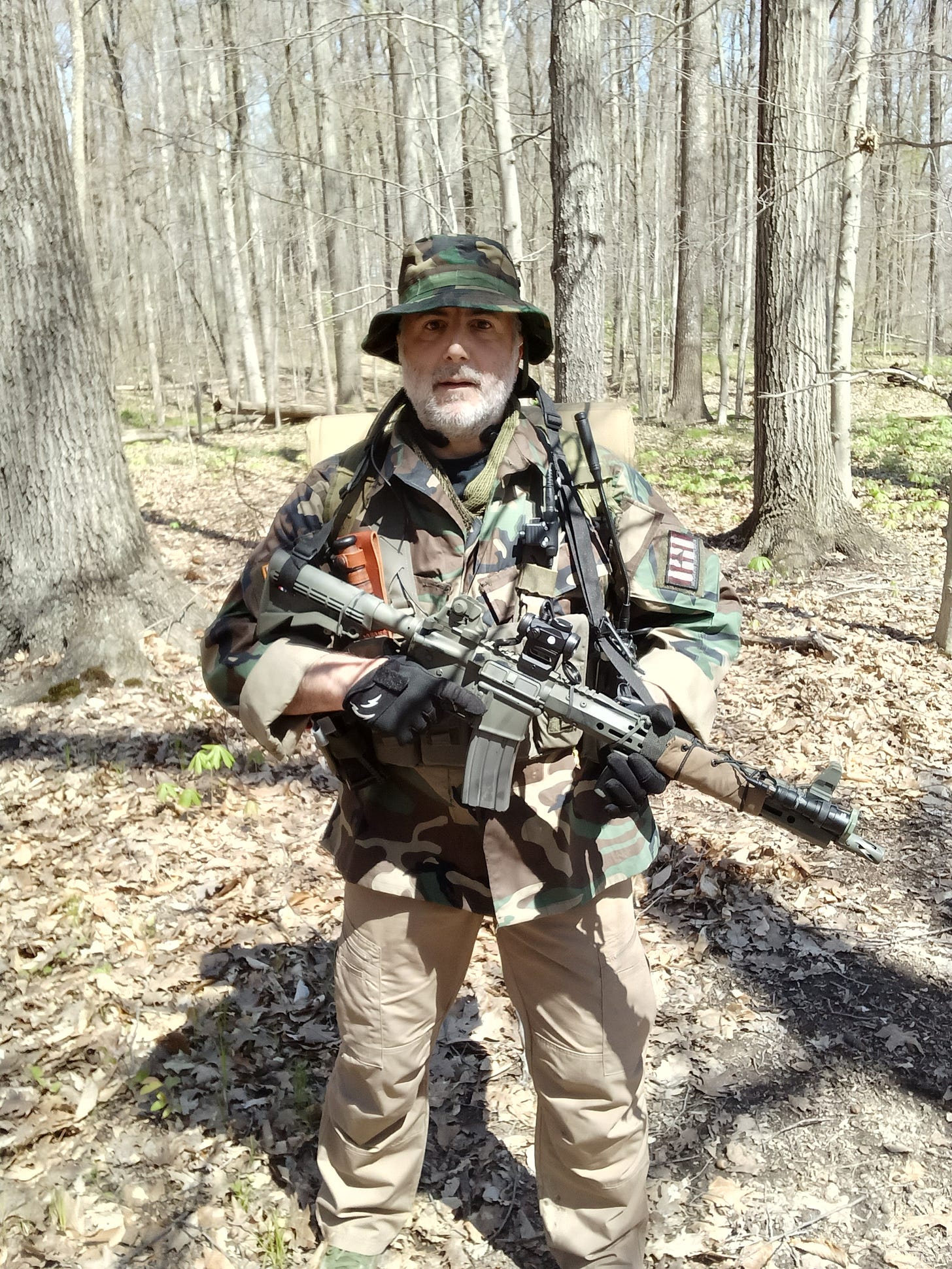
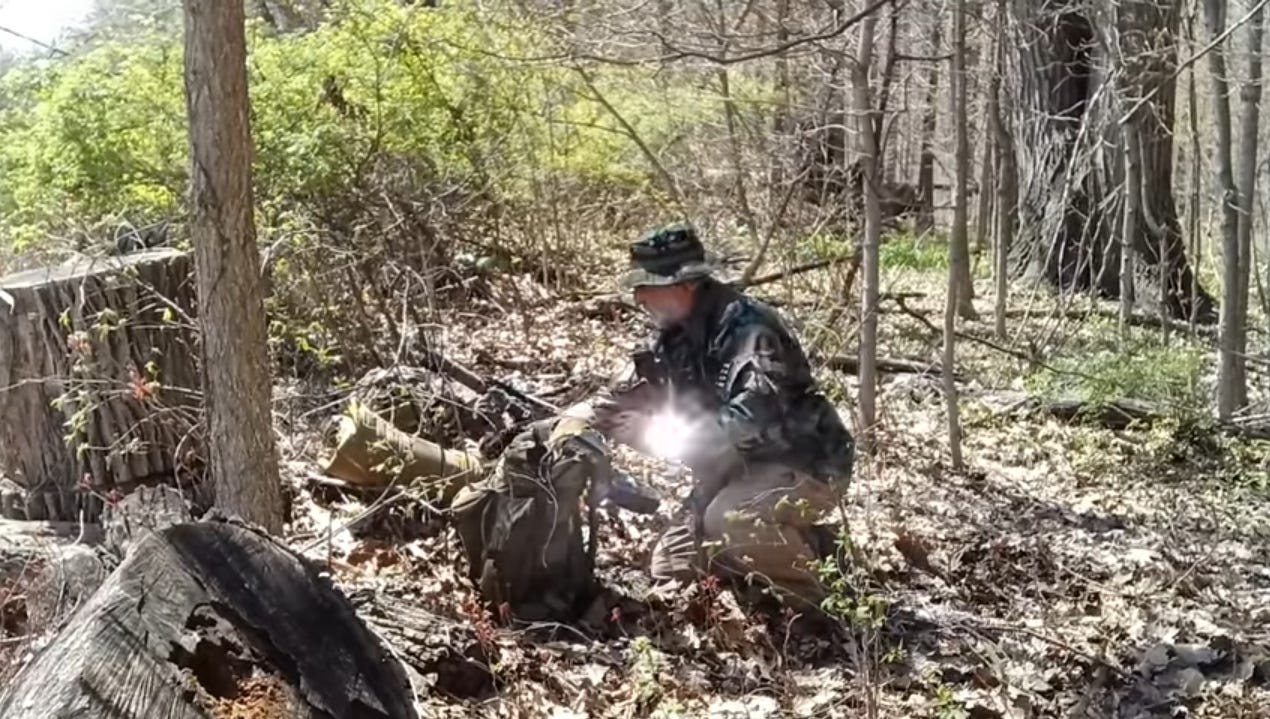
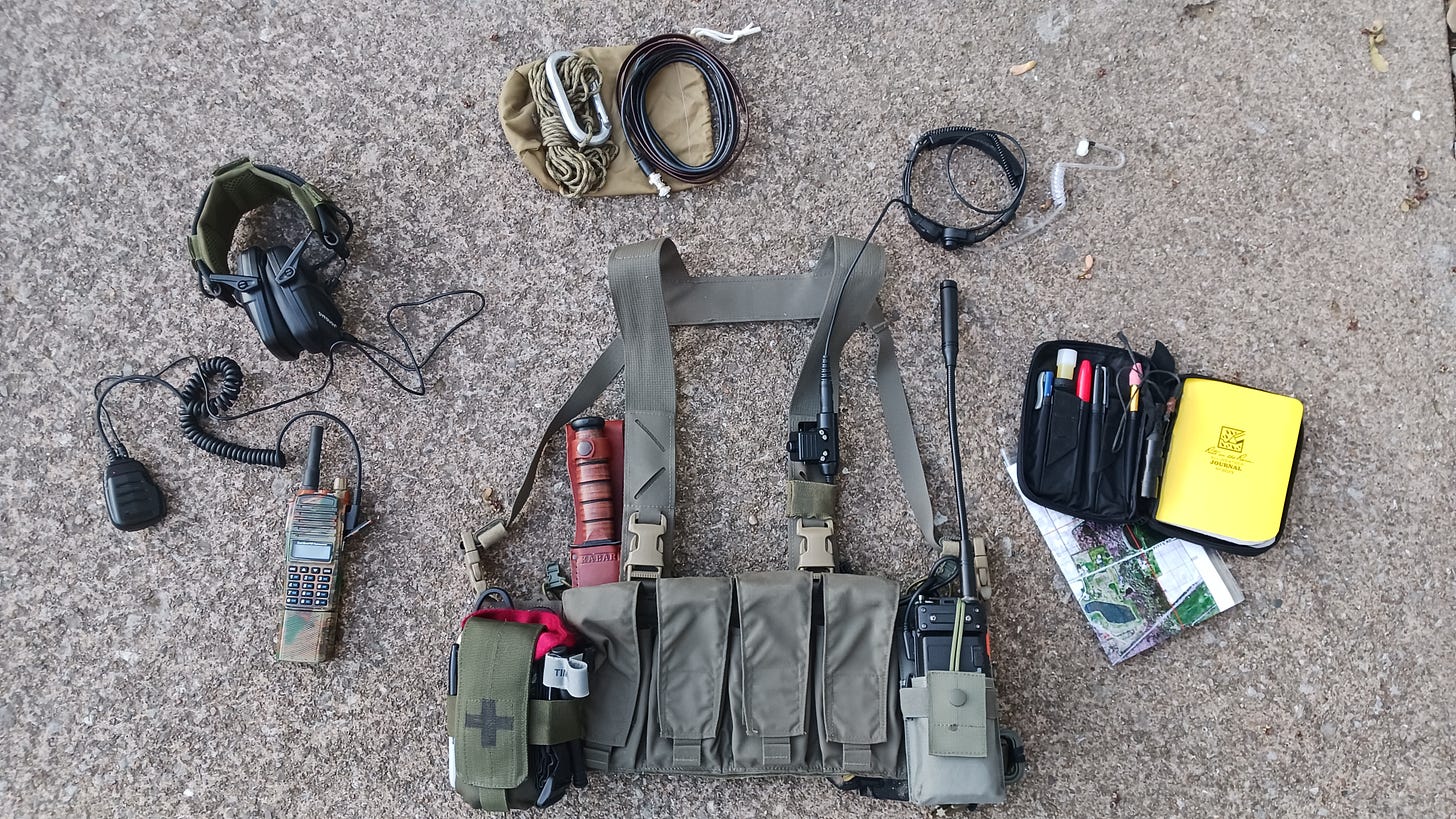
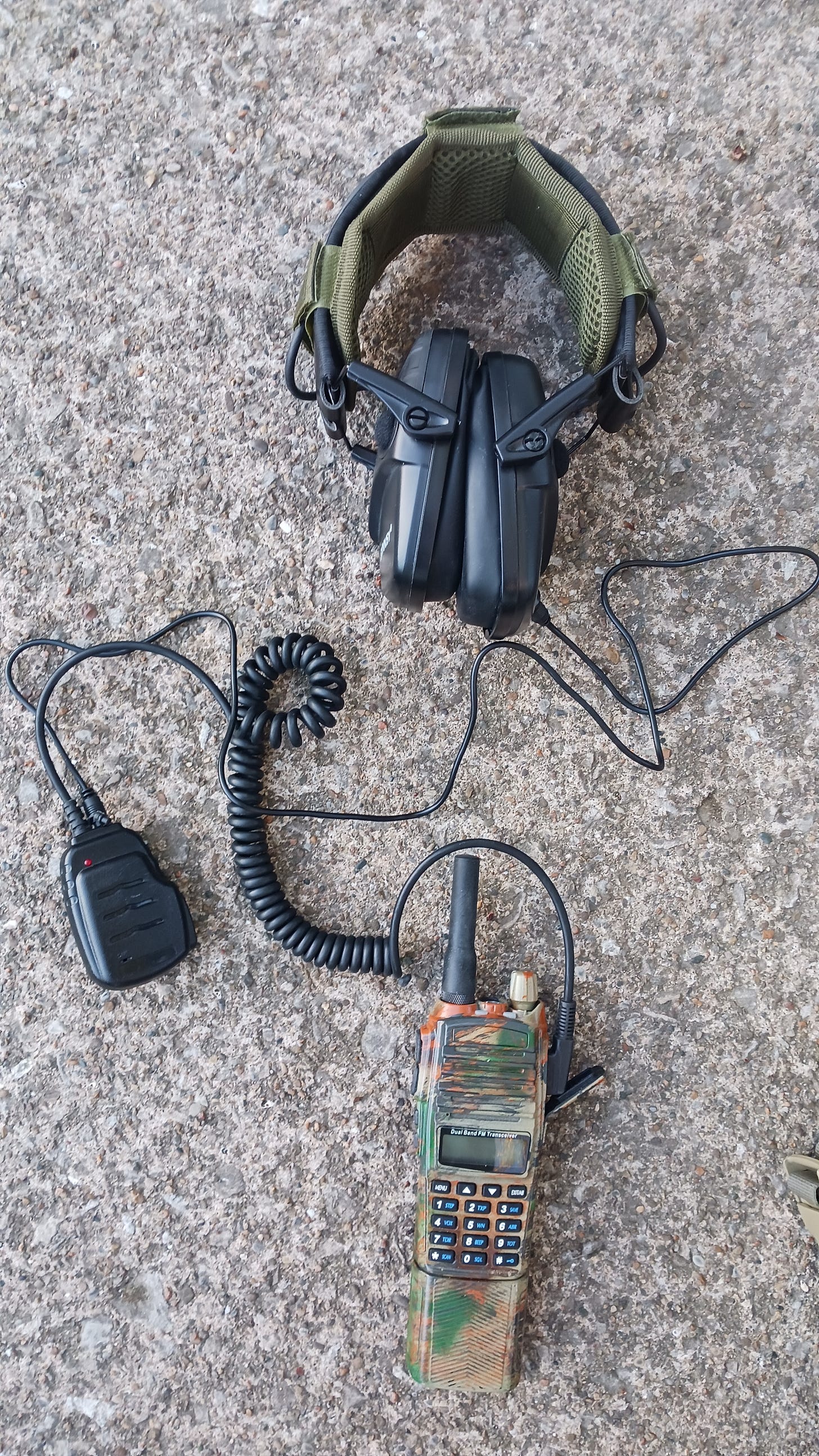
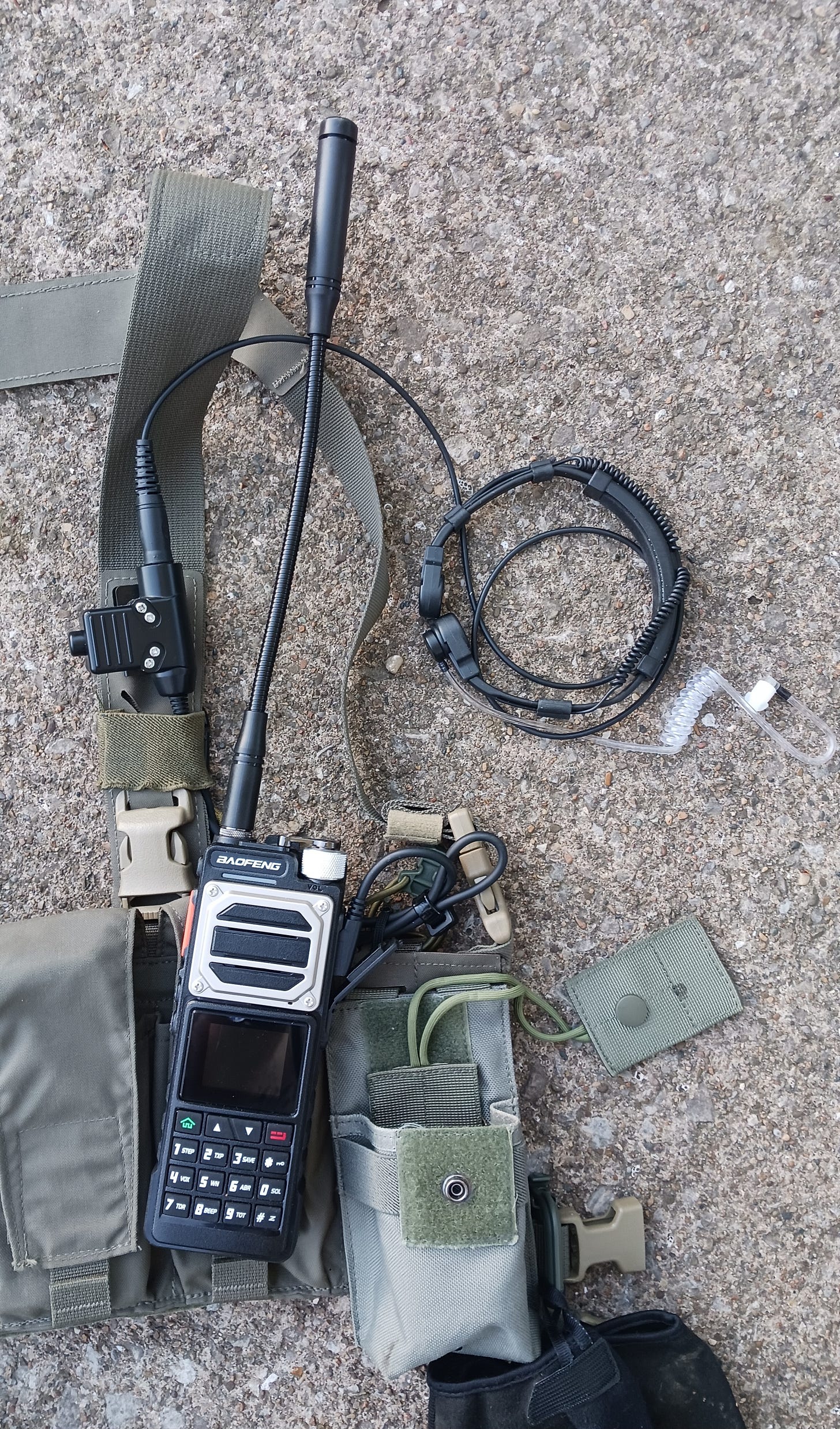
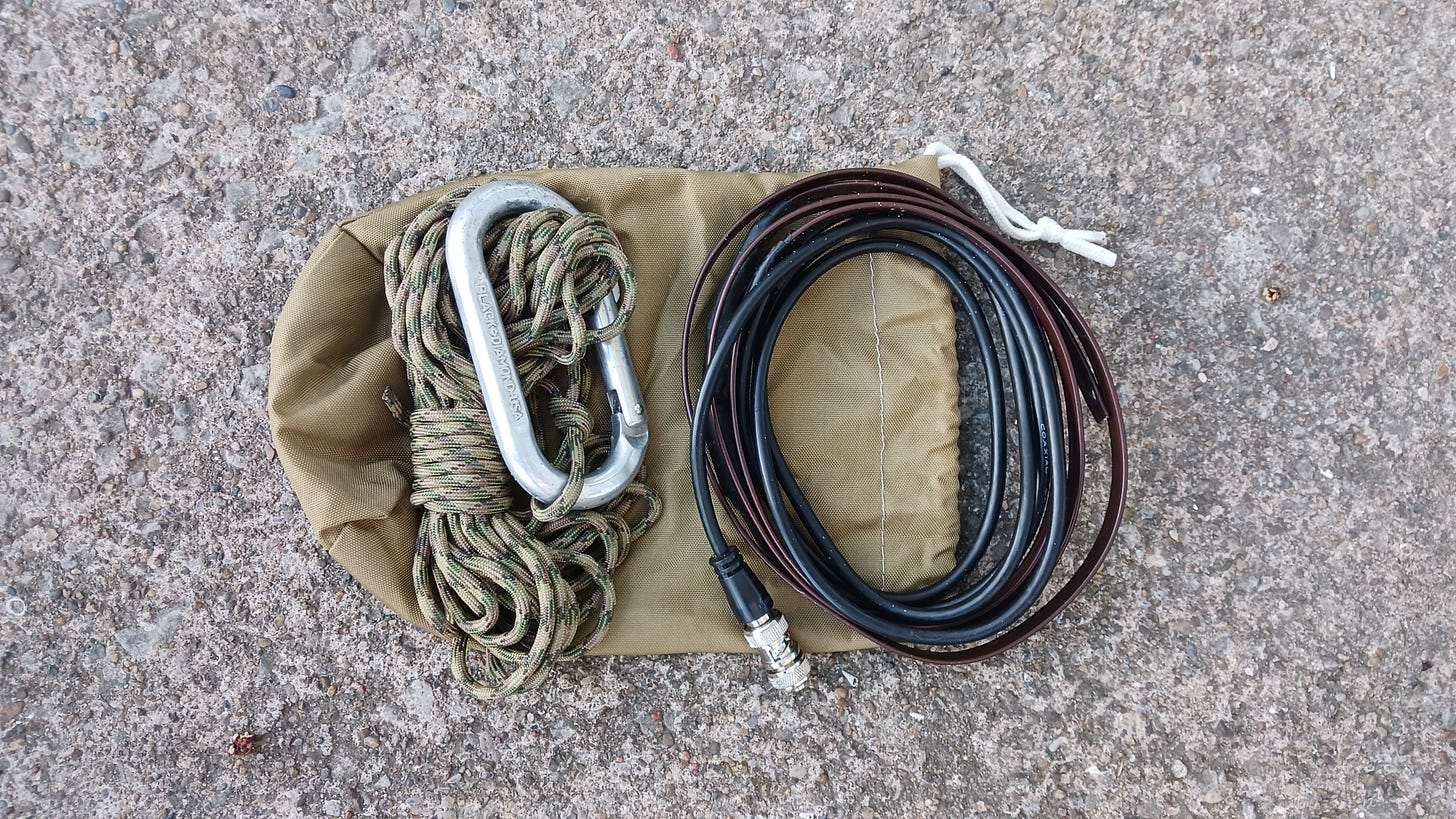
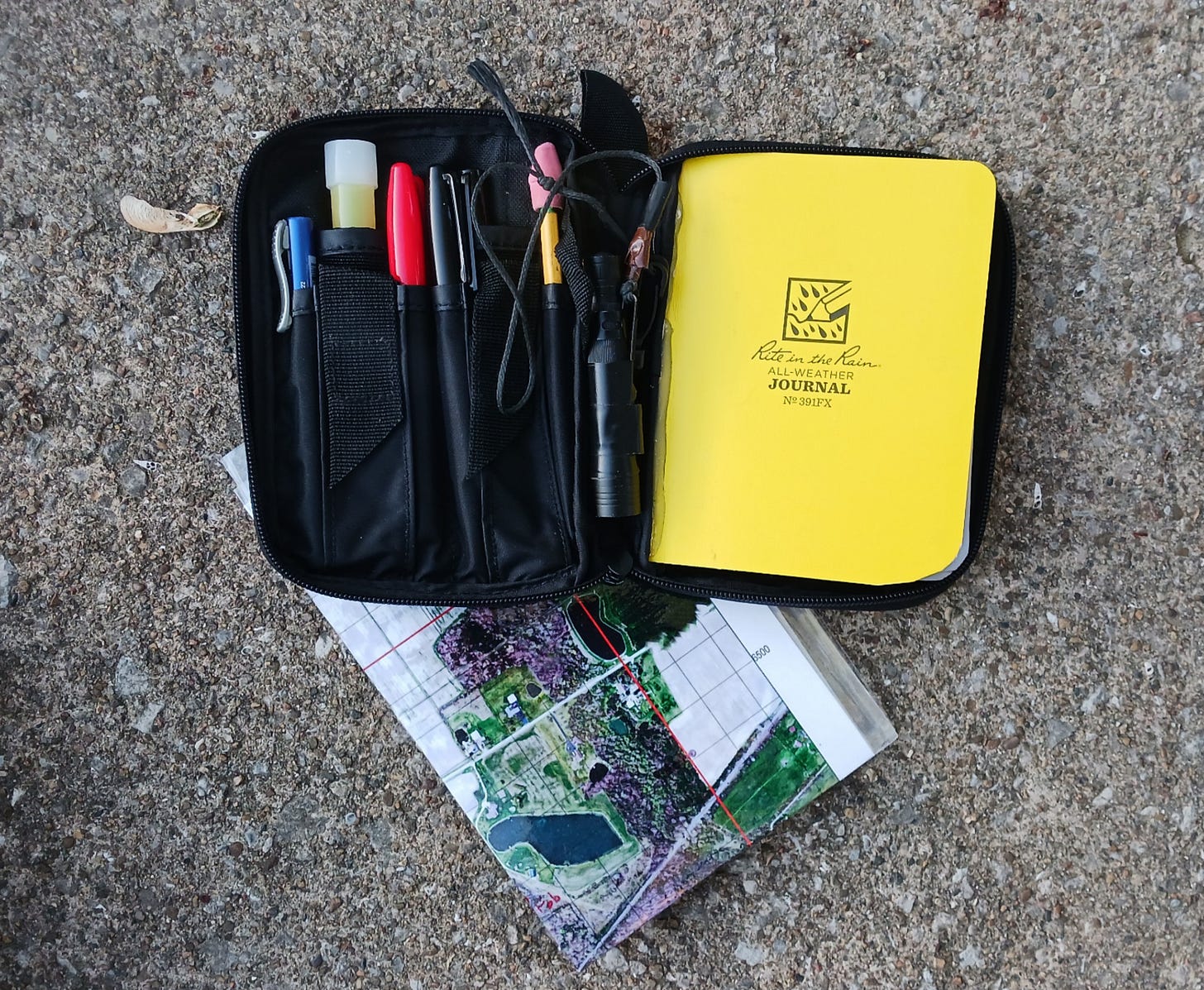

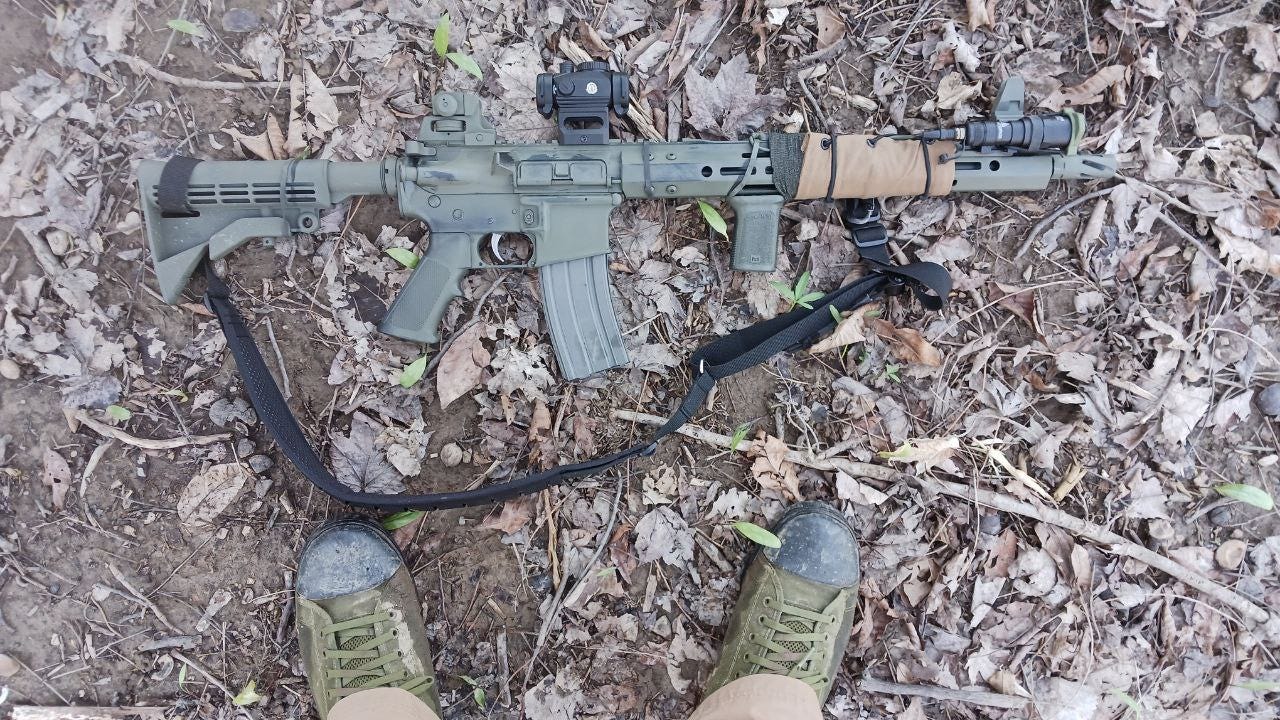
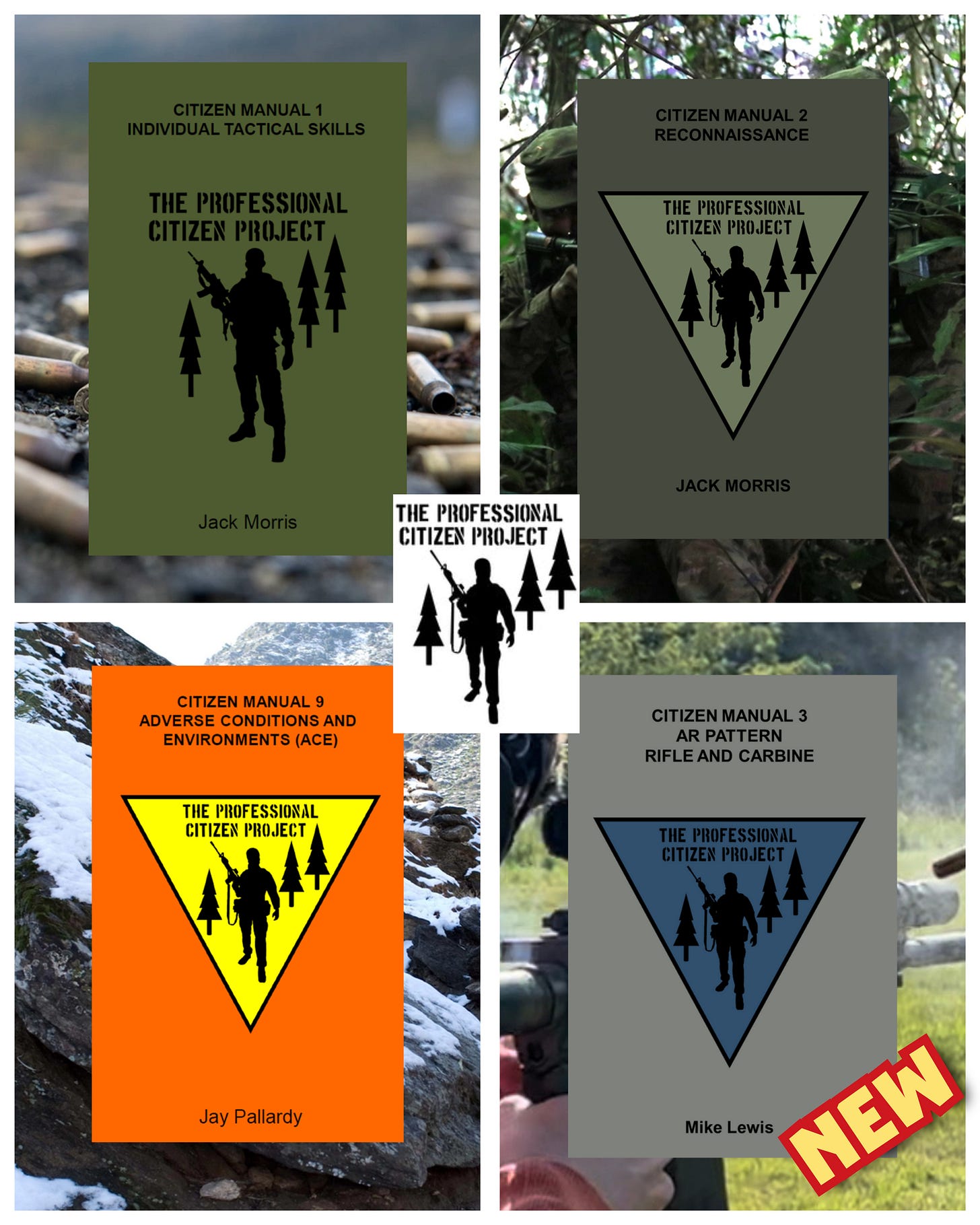
If nothing else make sure to dab some loctite on the BCA rail screws. Nice post